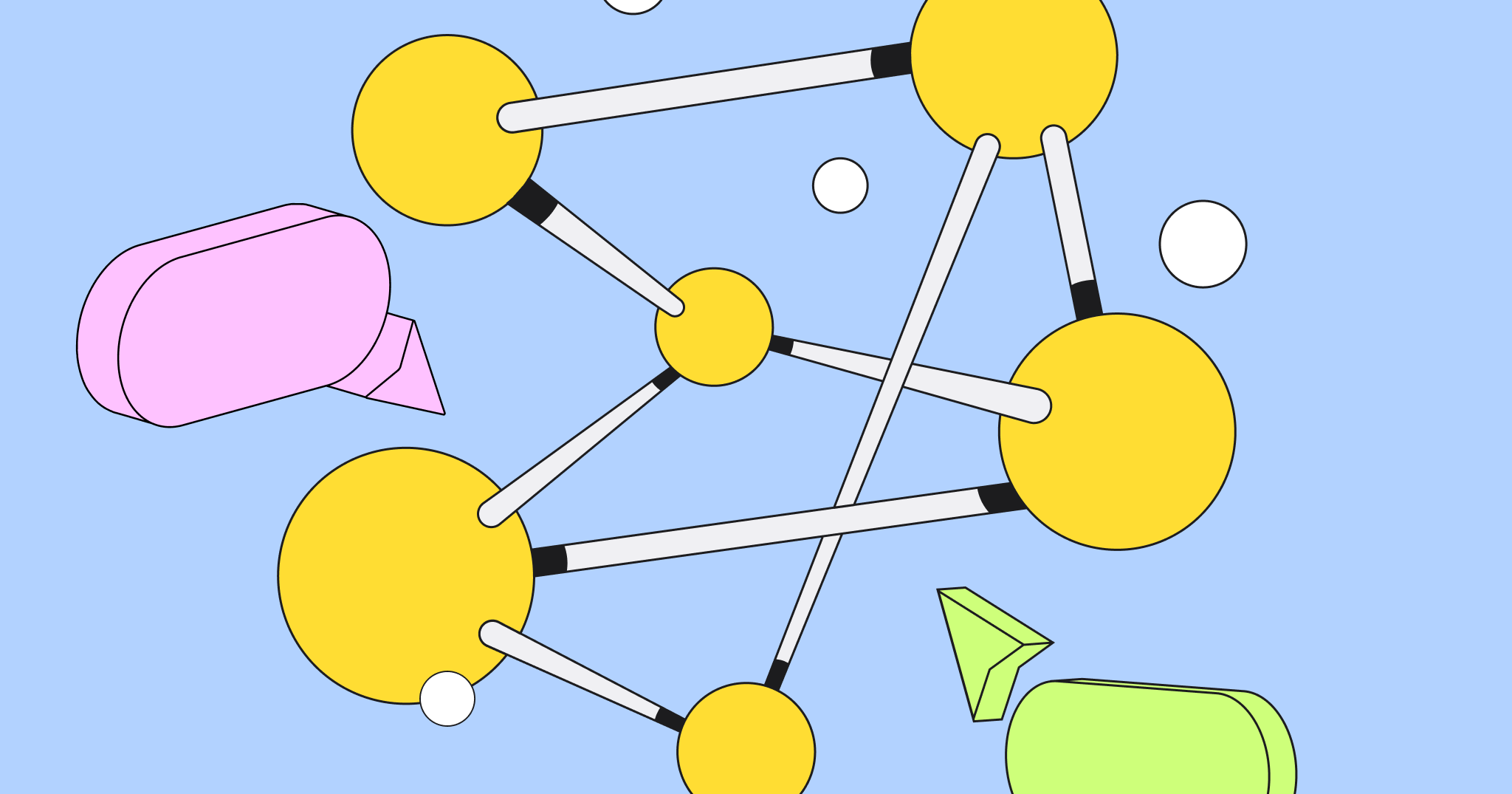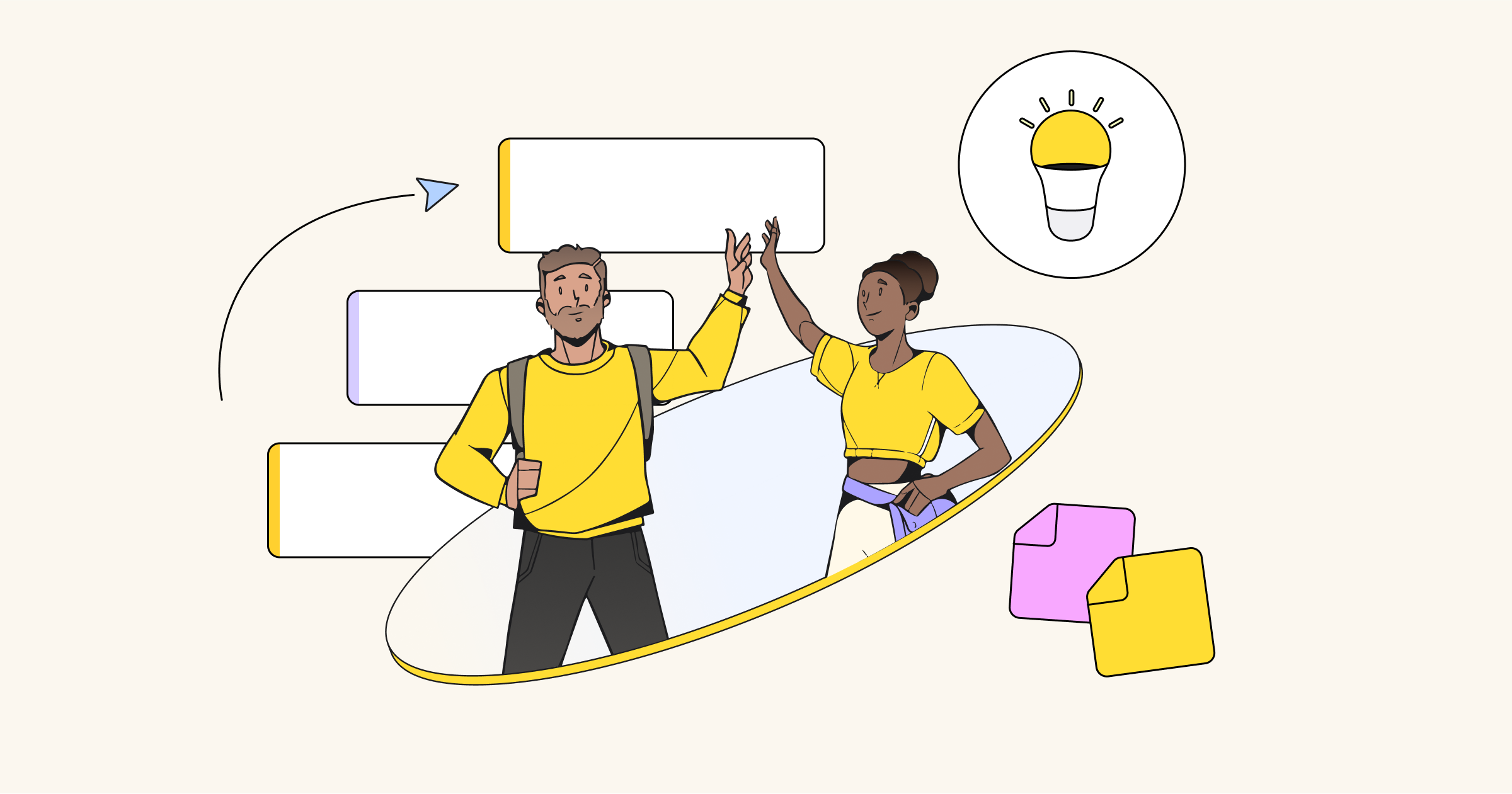Melissa Ng is the founder of Melewi, a traveling design studio made up of seven talented people based around the world. While living as digital nomads, the members of Melewi have completed successful projects for McDonald’s, Visa and Samsung.
In our recent ‘Ask Me Anything’ session, Melissa shared her thoughts about life as a digital nomad and advice for those who want to run a business remotely. Here are the highlights.
Digital nomad: my story
I did not know that I wanted to travel, but I did know that I did not want a nine-to-five. It was the autonomy of being able to choose where I wanted to be (even if it meant being back home in Singapore) that made it appealing.
I realized that as long as I did my job very well and I had happy, paying clients, I could go wherever I wanted to. Over time, I ended up with too many clients, and that’s when I decided to start hiring. I still didn’t want to stop traveling, so I figured if I could do it, then I don’t see why a team couldn’t do it. I wanted to offer teammates the ability to have the same lifestyle. And that’s pretty much how MELEWI was born.
On the day-to-day life of a digital nomad
I just try and keep things to a minimum. Past that, I have a lot of books, and they take up quite a lot of space at my parents’ place. Thanks, Mom and Dad!
It’s just amazing, because you feel so light and you feel like you can go anywhere. That’s the best part. At the most, I bring a backpack and one piece of luggage (and my skis).
I would say having a routine is the best way to set up life in a new location. Spend time on the weekends doing things to keep life to a good standard. Do stuff like cooking, baking, cleaning the place where you’re living or doing some laundry.
Just because you’re somewhere new, you don’t have to be exploring every single day. It’s important to take some time to be alone, some time to work and reflect on how things are going. I think it’s very easy to forget the importance of having a routine when you’re traveling.

Profile
Melissa Ng
Founder of Melewi
Clients: McDonald’s, Visa, Samsung, Citibank
7+
years Melissa has lived as a digital nomad
3+
years Melissa has lived in Melbourne, Sydney and Vietnam
Melissa’s favourite places: New Zealand, France and Cambodia
On the challenges of living as a digital nomad
It’s doubly challenging if you are a business owner or an entrepreneur. Many aspects of life are unstable, and that can be challenging emotionally, psychologically and physically.
The reality of “new everything” takes up so much of your mental space and it dictates how you feel. A lot of things stack up, like missing friends, family and a stable paycheck, and you can feel like you’re adrift in a sea and have lost direction. I would say, by far, that is the biggest challenge that I’ve faced as a nomad.
It’s important to be disciplined and have a proper routine, because when you’re traveling it’s very easy to get caught up in all the traveling instead of the work. And if you can’t make it sustainable, you burn out.
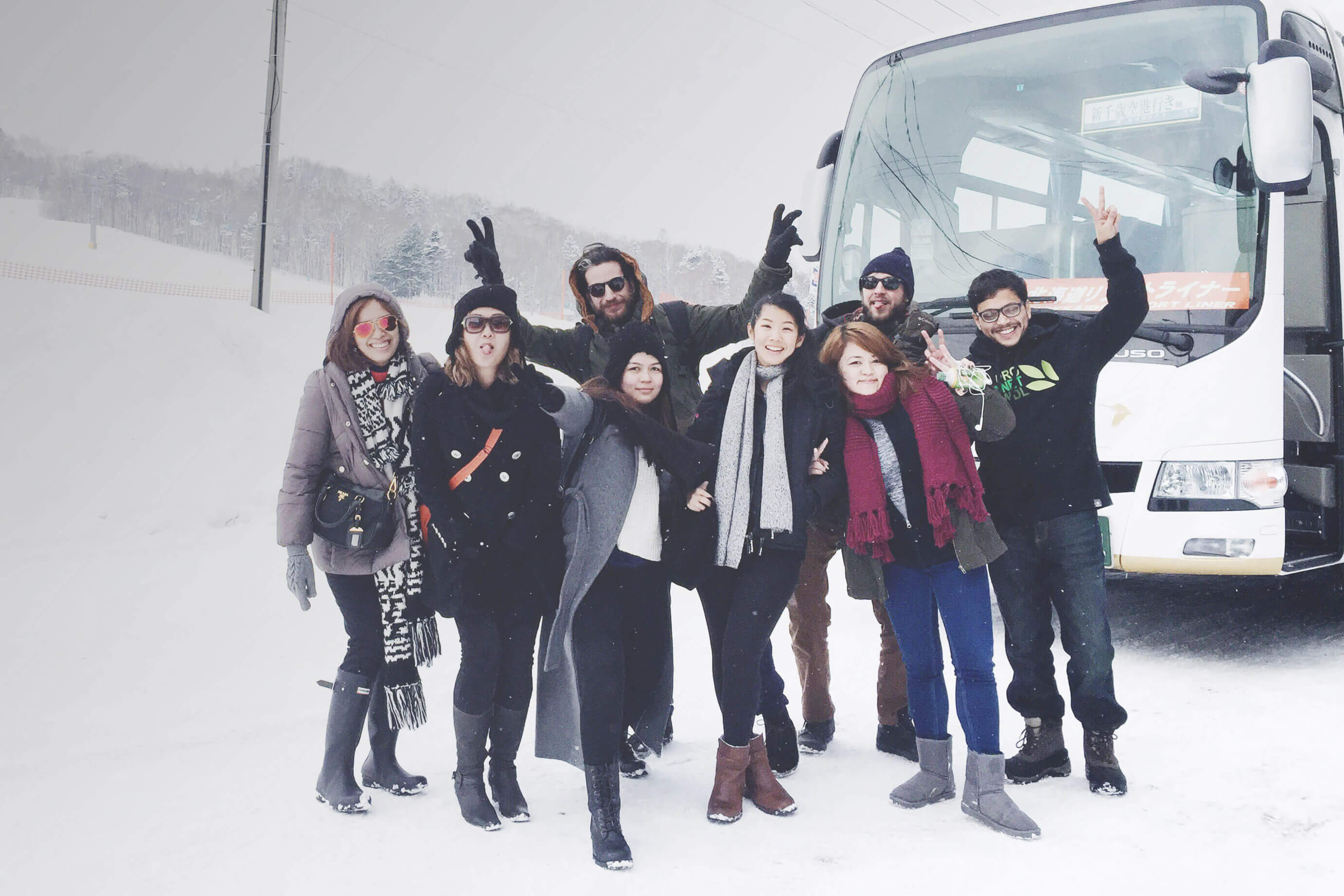
Advice for new digital nomads
Travel can be disruptive to work. Figuring out the best work environment and hanging out with like-minded people are critical.
Be open to new cultures. That’s really the greatest part of traveling, meeting new people, and getting to learn about new perspectives. And keeping an open mind, always.
Keep in touch with your friends and family, because friendships and relationships are vital part of who you are! And whenever you return home, it’s always amazing to see again the friends and people who you love.
Curated list for digital nomads from Melissa Ng

Buffer
Another great distributed company that spends a lot of time and effort sharing what they know

Nomad list
List of digital nomad cities ranked by nomads with a breakdown of how they rank across different attributes
On running a nomadic business
The biggest challenges are the ones that people don’t always warn you about. It is having to deal with emotions when you’re stressed out about clients or cash-flow, or the stress of having to hire your first person. Then you just have to figure out how to get past it and grow from there.
I think the hardest part about being a business owner is really understanding your psychology and having to deal with those obstacles.
Having to go from being a designer working in Photoshop to having to spend a lot of time on sales calls, working on operations manuals, financial and cash-flow projection and contacting law can be quite the challenge.
On finding clients
My first clients actually were friends. A friend was trying to design something, and I told him — maybe a bit too honestly — that it wasn’t very pretty and volunteered to redesign it for free. And that’s how the word of mouth started.
Build relationships with people. The nice thing about being able to travel is that you do get to meet a lot of different people, and if you spend a couple of weeks or months in a place, you’ll make connections.
You get clients from the most unlikely sources. A big part of that is just expanding your network, and then the practical side is staying in touch with these people.
I’ve had Uber drivers and ski instructors who were interested in working with us. So you really do find clients from everywhere.
Know your value proposition. I spend a lot of time talking to clients about their businesses, goals and problems, versus talking about the design aspect. I take an interest in how design can help them.
I lead the charge on doing sales, but everyone on the team has a part to play, and everyone on the team networks, builds up the brand and shares their valuable experience and expertise.
It’s through doing the best work that we can do and always trying to improve. Not just the work that we do, but the way that we do it.
If you want to grow, then you do have to pick the right clients, which means turning away clients who insist on having someone in the same country.
On working with clients remotely
The ease with which clients can accept remote teamwork can depend on how much they’ve been exposed to remote teams and how they feel about its effectiveness. In the beginning, we encountered many more potential clients who said something along the lines of, ‘No, we want somebody that’s here.’
Most of the time they are not actually concerned about your physical presence. They’re concerned about whether you’re reliable and valuable. If your team brings value to their business and their users — at the end of the day, that’s what really matters more than anything else. If they’re not okay with the method in which you work, then that’s a fundamental incompatibility.
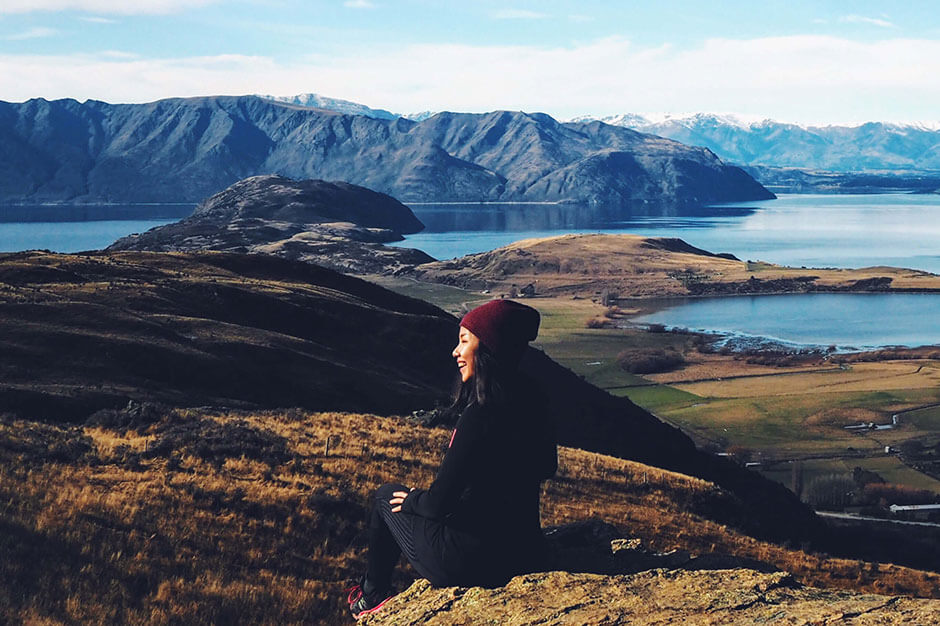
In a weird way, being remote helps because it puts distance between you and the client. It gives them a safe space to be able to open up and share things that they might not feel as comfortable in a room with some strangers staring at them.
Illustrate the way that you work to address concerns that they have and be able to provide the value that they’re ultimately after. That tends to be able to convince them, like, ‘Hey, you know, I should at least give this a shot.
The ability to design effectively comes from understanding how different markets in different cultures work. One of the very useful things about having a remote team is that aspect of being able to bring that exposure and that expertise to the projects that we work on.
The focal point really shouldn’t be about the remote working; it really should be about selling the value that you will bring to them.
On the importance of personal relationships
Know yourself well enough to know how to make connections. Going to events and meetups works for some nomads, but I’m an introvert and that’s not what I enjoy. And if I don’t personally enjoy being at an event, then that’s not the best representation of myself or the company.
I enjoy having one-on-one coffee meetings, where I’ll say, ‘Hey do you want to grab a coffee, sit down and have a chat?’ It’s personal, comfortable and I enjoy it. It makes a lasting impact because people get to know you, what you stand for and how you and your team work.
Engage new potential clients on a personal level, so you can understand their goals and challenges. Offer ideas and solutions. If you put it out there to everyone you meet — what you’re doing, why you’re doing it, how you can help them — you can start to get some clients pretty quickly.
New projects often come from word of mouth or repeat clients. Being able to build and maintain those genuine connections is probably what has resulted in most of the clients that we’ve gotten.
Selling what you do doesn’t have to be as soulless as it sounds.
On remote teamwork
We always set reviews in advance on a pretty strict schedule. Always have a central document to go back to, where everything is documented. This keeps people accountable and tracks projects without physically having to be in the same room with them.
When you’re working remotely, it’s very easy to lose track of everything, and everything can be really chaotic. We have daily standups, which is part of the agile methodology, and we report on what is completed and pending, which keeps everyone accountable.
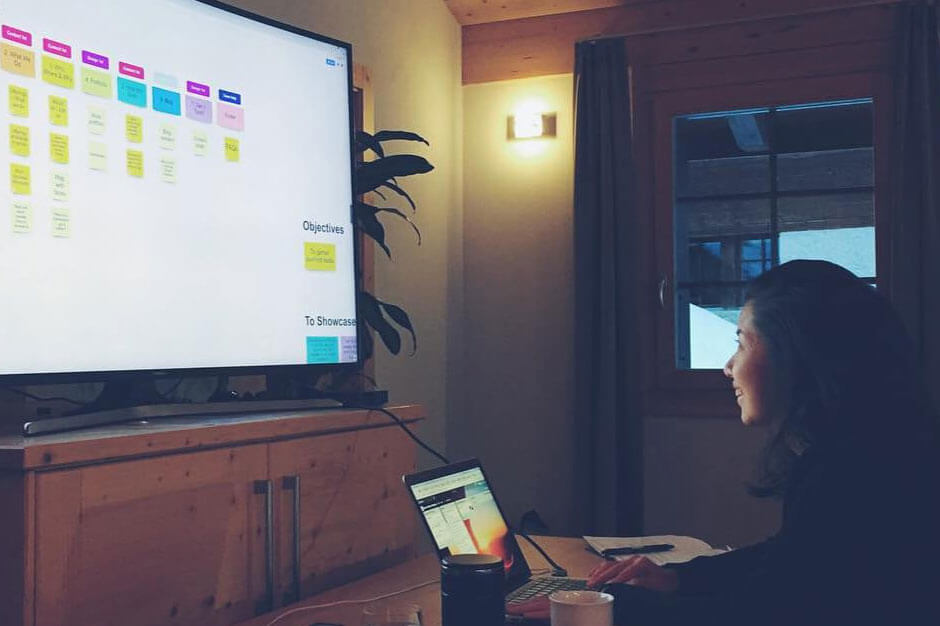
What is it that you don’t consciously think about when you’re next to somebody in a room? Is it being able to tap them on the shoulder? Is it being able to sketch something out? Is it being able to fold something and show that to them?
Use tools for open communication, work agile and have a lot of face time with clients. When we need somebody’s help, we can ping them on Slack and take care of it very quickly. Clients have access to everything, from files on Dropbox to being members of Slack groups with us and being able to see designs. We also use Miro a lot, so they have access to everything that we are working on.
Building trust is very important, especially when you’re remote. You don’t see each other every day, it can be so easy to forget that you’re talking to another human being just like you. So we’re extremely intentional about putting in place a structure for the team to connect with each other.
30-minute call we have every Monday, where we each say our highs and lows, which may be work-related or personal. We know what’s going on in each other’s lives. We have a select channel that’s dedicated to non-work stuff like music and photos.

Looking for a productivity tool to simplify remote collaboration?
Try Miro free
No credit card required
On the benefits of team retreats
We try to do retreats at least once a year. We did ten days in Japan. Everyone on the team is from a tropical place, and we had fun, freezing a bit, in the winter snow.
When it’s retreat time, it’s a lot of fun instead of work. We go have food, sit around, talk, get to know each other even better while building pillow-forts. We tell stories. We laugh.
Every person on the team has goals that they’re working towards. You’re not some random worker on the other side of the planet that’s just there to earn some cash. You’re part of a team and part of an organization that cares about you.
Related reading: Read our guide to remote team building activities for the times when you can’t organize a remote team retreat.
4 pieces of advice
for new UX designers
1.
Never stop learning and re-think what it means
There are a lot of things that you can learn that don’t require you to be enrolled somewhere or go to university. It doesn’t require somebody to be in front of you teaching.
Think about solving problems and do your research. Remember, not all advice is good advice, so use critical thinking skills to figure out for yourself what’s going to be effective and what’s not.
2.
Learn how to talk
to people
If you’re designing products for people and don’t feel like you understand people or can’t empathize with people, that’s going to make your job pretty much impossible to do. If you’re lacking that sort of human empathy to be able to understand how your users might be thinking or feeling or wanting or needing, then that’s going to hinder your effectiveness and your growth as a UX designer.
3.
Understand how businesses work
If you design something that works on paper but doesn’t work in real life, that’s not effective design. You have to design for business and user goals, and design around business limitations like few resources or a tight timeline. If not, ultimately, you haven’t been able to do the job right.
4.
Rethink
methods
I mean someone might tell you that this is the best way to do something, and it’s not necessarily the best way to do something. If you experiment and discover a new method that’s useful, then do that. When it comes to UX, it’s better to find the insight through a range of methods and means rather than by how everyone tells you it must be done. Find another way, through a hack or more time, to come up with the best possible product. Ultimately, it’s the outcome that’s what you’re after.






